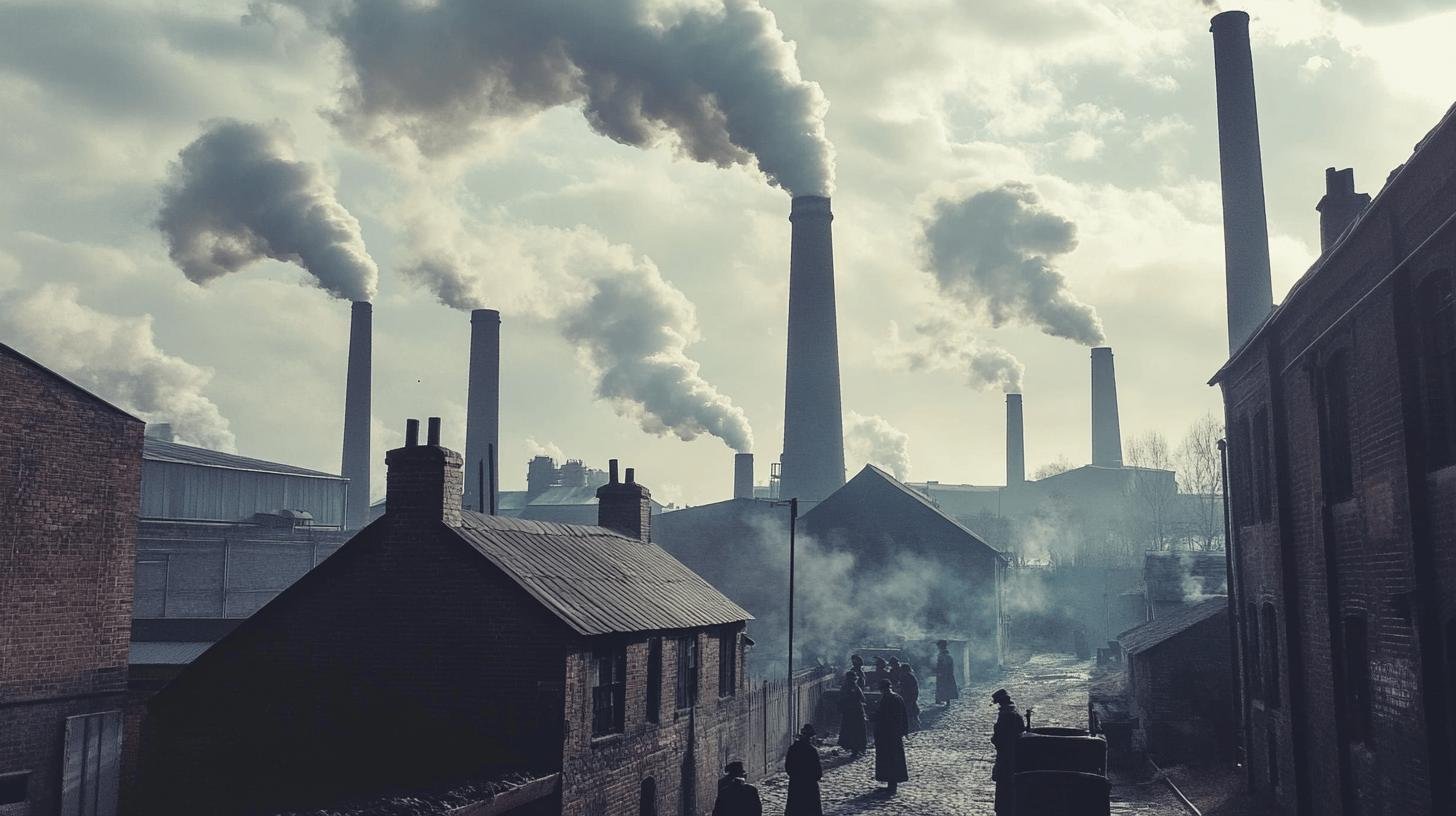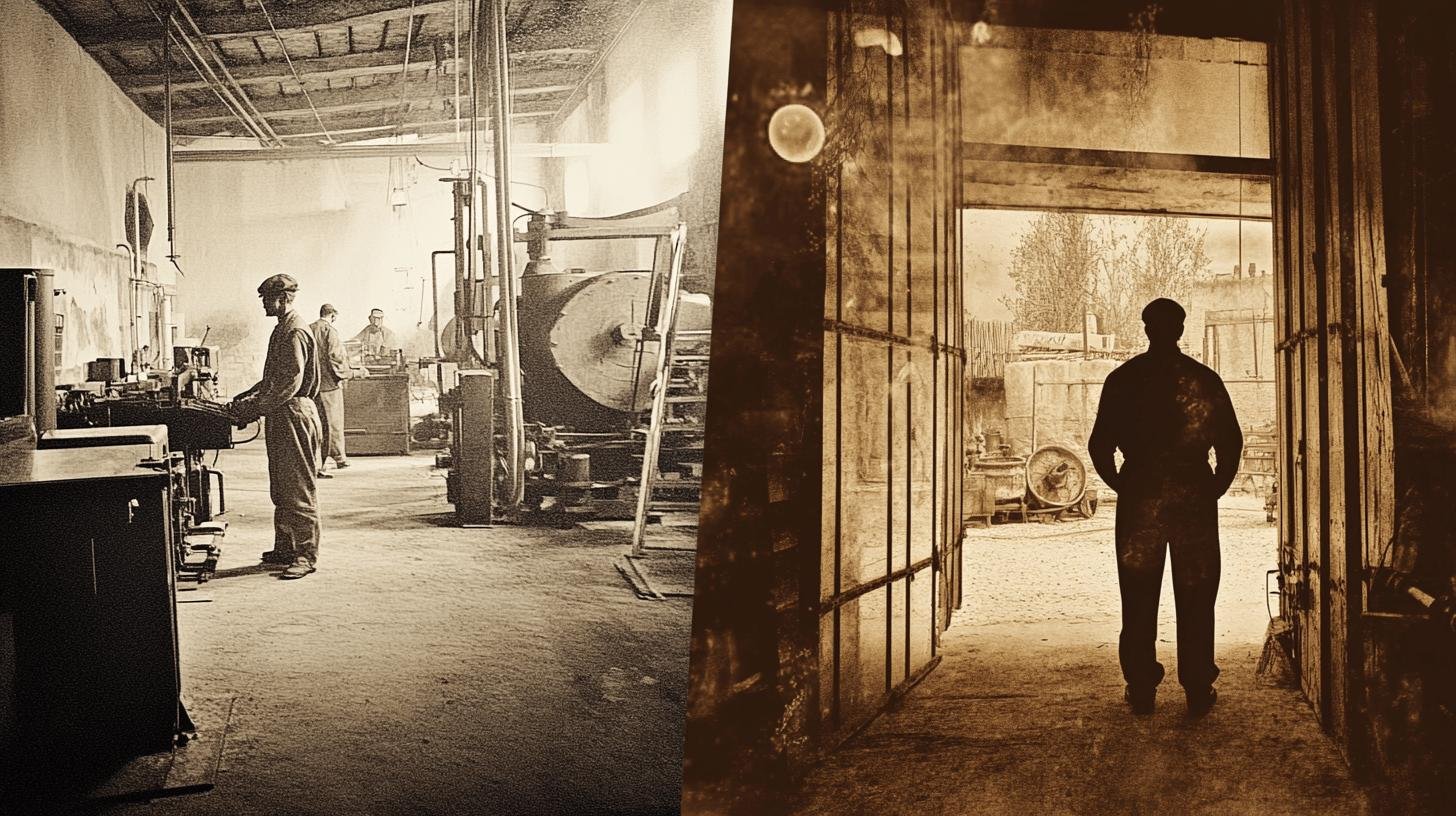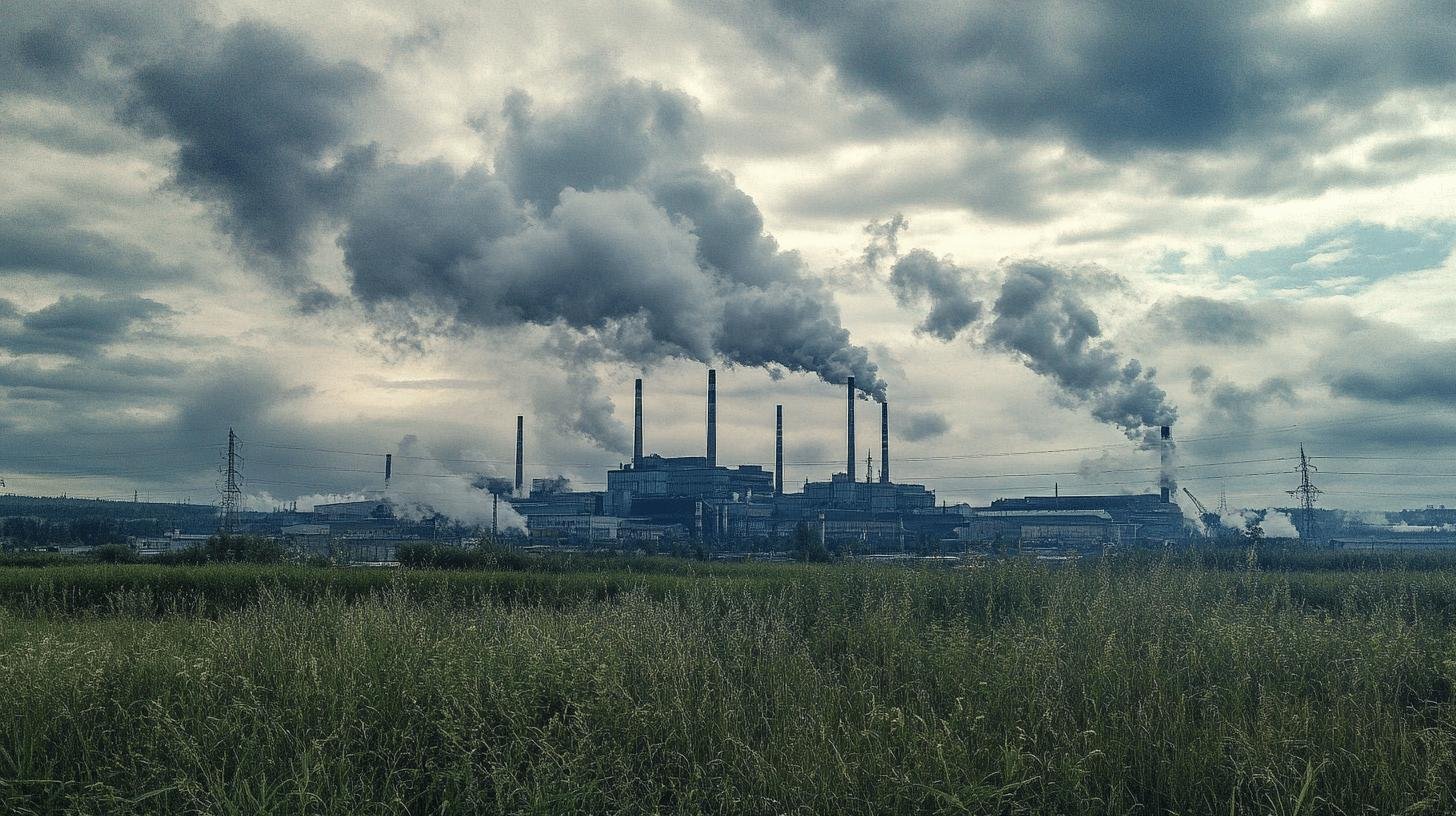TL;DR:
- Definition: Industrial capitalism is characterized by private ownership of production, mass production, machinery use, and wage labor.
- Emergence: Originated during the late 18th and early 19th centuries’ Industrial Revolution.
- Historical Figures: Influenced by Adam Smith (competition) and Karl Marx (labor exploitation).
- Key Innovations: Bessemer process (steel production), railroad expansion (transportation).
- Social Impact: Urbanization, poor living conditions, and wage-labor workforce shifted from rural to urban settings.
- Economic Impact: Growth of consumer culture, economic disparities, and rise of labor unions for better worker rights.
- Comparison: Different from feudalism (land ownership) and socialism (state ownership), focuses on mass production over trade (mercantilism).
Ever wonder how the world shifted from small workshops to massive factories? Industrial capitalism did that. It’s an economic system based on private ownership and big industries, transforming how goods are made and who controls production.
Let’s explore the basics of industrial capitalism and its huge impact on society.
Defining Industrial Capitalism
Industrial capitalism is an economic system marked by private ownership of production tools, large industrial businesses, mass-produced goods, machinery use, technological innovation, and a wage-labor workforce. This system emerged during the late 18th and early 19th centuries’ Industrial Revolution, changing economies and societies forever.
- Private ownership: Factories and machinery are owned by individuals or corporations.
- Large-scale enterprises: Businesses grow in size and complexity.
- Mass production: Goods are produced in large quantities.
- Machinery use: Equipment and technology replace manual labor.
- Wage labor: Workers are paid wages for their labor.
Industrial capitalism’s rise shifted production from small-scale artisanal crafting to large factory systems. Technological advances, like the steam engine, revolutionized production. The system’s key principles—competition, profit maximization, and market-driven economies—continue to shape modern economic structures.
Historical Context of Industrial Capitalism

Industrial capitalism became a dominant economic system in Western Europe and North America during the late 18th and early 19th centuries’ Industrial Revolution. It marked a shift from artisanal handcrafting in small workshops to factory systems characterized by mass production. The adoption of machinery, such as the steam engine, was crucial in this transition, enabling more efficient, large-scale production.
Key figures like Adam Smith and Karl Marx helped shape the theoretical foundations of industrial capitalism. Adam Smith, often called the father of modern economics, introduced the “invisible hand” concept and stressed competition and self-interest’s market benefits. Conversely, Karl Marx critiqued capitalism, highlighting labor exploitation and class struggle, laying the groundwork for socialist and communist movements.
The impact on labor, production, and urbanization was profound. Factory-based production led to a wage-labor workforce, where people sold their labor for wages instead of making goods independently. This change drove significant urbanization, as individuals moved from rural areas to cities for factory jobs. The new economic structures also spurred rapid industrial growth and a consumer culture, transforming the 19th-century social and economic landscape.
Key Characteristics and Innovations in Industrial Capitalism
Several key traits define industrial capitalism, setting it apart from earlier economic systems. Mass production is significant, as goods are produced in large quantities, lowering costs. Machinery use replaces manual labor with automated processes, boosting efficiency and productivity. Factory systems emerged, centralizing workers and machines to mass-produce goods. Wage labor became a hallmark, with workers selling their labor instead of owning production means or products.
Technological innovations were crucial in shaping industrial capitalism. The Bessemer process revolutionized steel production by cutting costs and time, boosting industries like construction and railroads. The railroad expansion transformed goods and raw materials transportation, facilitating national and global markets’ rise. These advancements not only improved production efficiency but also integrated economic activities, laying modern industrial economies’ foundation.
Social and Economic Impacts of Industrial Capitalism

Industrial capitalism brought significant societal and economic changes, notably urbanization. People moved from rural areas to cities for factory jobs, shifting from an agrarian to an urban industrial structure. Rapid city growth often led to overcrowded housing and poor living conditions, as cities became economic and innovation hubs.
Labor practices also changed drastically. Work shifted from small, family-run operations to large industrial complexes, leading to a wage-labor workforce. The factory system introduced regimented schedules and specialized tasks, increasing productivity but often resulting in monotonous work environments. Mass production spurred consumer culture growth, as people bought manufactured goods instead of making them by hand.
Economic disparities and class consciousness also rose. While factory owners and entrepreneurs amassed vast wealth, the working class endured low wages and poor conditions. Awareness of collective struggles increased, fostering class consciousness. Labor unions and movements emerged, advocating for better wages, working conditions, and labor rights, setting the stage for future social and economic reforms.
Industrial Capitalism in the United States
Industrial capitalism dominated the United States in the late 19th century, with influential figures like John D. Rockefeller and Cornelius Vanderbilt playing crucial roles. Rockefeller’s Standard Oil revolutionized the oil industry with market-monopolizing practices, while Vanderbilt helped expand the railroad system, a cornerstone of industrial growth. Their influence marked the rise of large enterprises and monopolies in the American economy.
Railroad expansion was key to U.S. industrial capitalism’s growth. Railroads improved goods and raw materials transportation, making it easier to move products over long distances. Factories accessed wider markets and resources, facilitating mass goods production. The interconnected railroad network also supported national markets’ rise, enabling businesses to scale operations and contributing to overall economic growth.
Industrial capitalism brought profound changes to the U.S. economy and social structure. The shift from artisanal production to large industrial operations created a wage-labor workforce, driving people from rural areas to cities for factory jobs and causing rapid urbanization. This migration changed demographics and introduced new social dynamics. Cities became economic hubs, and factory systems and mass production fostered consumer culture, laying the modern American economy’s foundation.
Comparing Industrial Capitalism with Other Economic Systems

How does industrial capitalism differ from feudalism and socialism?
Industrial capitalism features private ownership of factories and machinery, with laborers selling their labor for wages. In contrast, feudalism relies on land ownership by aristocrats and a labor system where peasants work the land for protection. Socialism advocates state ownership of production means, aiming to distribute resources more equitably. These ownership and labor relations differences set industrial capitalism apart from these systems.
What is the main focus of mercantilism compared to industrial capitalism?
Mercantilism emphasizes trade and wealth accumulation through a positive trade balance. It prioritizes exporting more than importing to amass gold and silver reserves. Industrial capitalism focuses on mass production and technological innovation to drive growth. Machinery and factory systems enable large-scale goods production for widespread distribution. This shift from trading to producing marks a significant difference between the two economic systems.
Final Thoughts
Industrial capitalism revolutionized the world with private ownership, mass production, and wage labor. From the steam engine to the railroad, it reshaped economies and societies. Figures like Adam Smith and Karl Marx influenced how we think about capitalism, while innovators like Rockefeller and Vanderbilt changed how it was applied in the U.S.
Despite its growth, industrial capitalism also created challenges like economic inequality and class struggles. Its impact continues to be felt today as we build on its foundations.
FAQ
What is industrial capitalism
Industrial capitalism is an economic system where private owners control production and employ workers for wages. It emerged during the Industrial Revolution.
Can you give examples of industrial capitalism?
Examples include the steel industry under Andrew Carnegie and the oil industry led by John D. Rockefeller.
What are the main features of industrial capitalism?
Mass production, machinery, factories, and wage labor define industrial capitalism.
How does industrial capitalism differ from feudalism and socialism?
Feudalism focuses on land ownership, while socialism aims for shared ownership of production. Industrial capitalism centers on private ownership and mass production.
What are the challenges of industrial capitalism?
Worker exploitation, environmental harm, and economic inequality are common issues.

